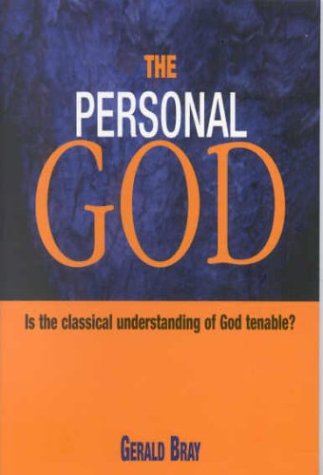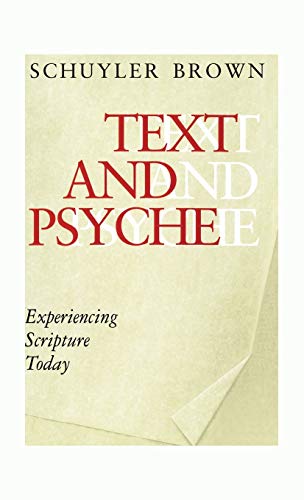Romans Baker Exegetical Commentary on the New Testament
Written by Thomas R. Schreiner Reviewed By Craig L. BlombergOne can scarcely complain of a dearth of major, recent, evangelical commentaries on Romans. Beginning with Cranfield’s two volumes (1975–79), we now have Dunn (2 vols., 1988), Moo (1996) and Schreiner. At least each successive work is slightly shorter than its predecessor. The Baker series is an ambitious endeavour (only Bock’s 2 volumes on Luke and Silva on Philippians preceded Schreiner in appearance), designed to make treatment of the Greek text as user-friendly as possible. To date, all volumes in the series have admirably succeeded.
Schreiner is a NT professor at the Southern Baptist Seminary in Louisville, Kentucky, and best known for numerous articles and books on Paul and the Law. He sides more with recent writers like Westerholm, Thielman and Moo than Sanders, Dunn and Wright but recognises the validity of elements from both the so-called old and new looks on Paul. A relatively brief introduction nicely balances situation-specific with timeless elements behind Paul’s penning this epistle. His outline follows the recent trend to include chapter 5 with 6–8 on sanctification rather than with 3:21–4:25 on justification, but otherwise it is quite predictable.
Admitting he has changed his mind several times in his published works, Schreiner now takes ‘the righteousness of God’ in 1:16 as both forensic and transformative. He deals at greater length than most with the issue of homosexuality in 1:26–27 and convincingly demonstrates that Paul does not limit his condemnation only to certain forms of homosexual behaviour. He finds no hint in 2:7, 14–16 or 26–29 of Paul suggesting that anyone comes to salvation apart from explicit faith in Christ; the first two of these texts refer to Christians performing works that flow from their faith, while the middle text merely demonstrates the futility o Gentiles trying to live up to the light they have received. Hilasterion in 3:25 refers to both propitiation and expiation.
Somewhat creatively, Schreiner translates the enigmatic ep ho in 5:12 as ‘on the basis of’. On chapters 6–8 he captures well the balance between the old and new persons that shape Christian identity. The old person is not merely a reality of our past but impinges on the whole of our human existence even as we enter into the stage of salvation-history in which the new self comes to us via redemption. This ‘both-and’ approach shapes Schreiner’s understanding of 7:14–25 as well. While Paul is primarily talking about human existence under the Law, ‘the arguments are so finely balanced because Paul does not intend to distinguish believers from unbelievers in this text’. Romans 6:12, 8:10–13, and 23 ‘demonstrate that there is tension between inaugurated and consummated eschatology in believers. Complete deliverance from sin is not available for Christians until the day of redemption’ (390–401).
With the difficult material in chapters 8–9 on election, Schreiner shows himself to be most comfortable with classic Calvinism: the perseverance of the saints and double predestination, not merely corporately but individually. Romans 11:25–26 does envision an outpouring of faith in Jesus Messiah by many literal Jews just before Christ returns, but dispensationalist distinctives about Jews restored to the land of Israel and rebuilding the temple may not be read into this passage.
Schreiner’s exegesis of Paul’s exhortational material (12:1–15:13) proves equally traditional but solid. He helpfully weaves the reader through the balancing perspectives on loving one’s enemies versus the role of government in 12:17–21 and 13:1–7 with nuanced conclusions regarding civil disobedience. He understands the debate between the ‘strong’ and the ‘weak’ in 14:1–15:13 most likely to be Gentile versus Jew over kosher laws, religious days, and the like, despite the obvious similarities in Paul’s instruction with his treatment of more purely Gentile issues in 1 Corinthians 8–10. He highlights the role of each of the people greeted in chapter 16, believing this material to belong to the letter from its inception. He notes that Phoebe (1) is most likely the letter carrier, deacon and patron (but not pastor), that Junia (7) is most likely an apostle (in the sense of missionary), and that women have counterculturally prominent roles at several other points on the list. But he does not believe that any of this data in and of themselves compel a full-fledged feminist or egalitarian position.
It is impossible to do justice to all of Schreiner’s views in a brief review like this. One could quibble with his treatment of this or that passage (I do, for example, with 2:7, 14–16 and with his treatment of individual election in OT times in 9:6–18). But, overall this is a welcome and immensely helpful piece of work. Having recommended Moo’s NICNT commentary (on the dust jacket no less!) just a few years ago as the one commentary I would recommend to theological students on this epistle if they could own no other, I wondered whether or not I should have to quickly rescind my judgement when Schreiner’s work appeared! Probably largely because Moo more consistently gives the standard grammatical labels for all of the options over detailed exegetical questions—subjective genitives, causal participles, et cetera—I don’t sense the need to change my mind. As a former Lutheran (as was Moo), I am also slightly more drawn to Moo’s neo-Lutheran rather than Schreiner’s neo-Calvinist perspectives at several points. And since Cranfield has already given us as much detail from a Calvinist perspective as anyone could want, I am not sure Schreiner’s work fills as much of a gap as Moo’s did. Still, I am happy to suggest that Schreiner merits strong consideration by the serious student as at least ‘third’ (after Moo and Cranfield) in importance and validity among modern detailed commentaries on Romans.
Craig L. Blomberg
Craig L. Blomberg
Denver Seminary
Denver, Colorado, USA







